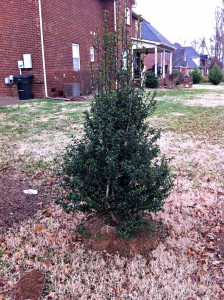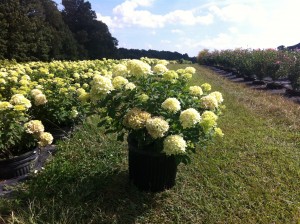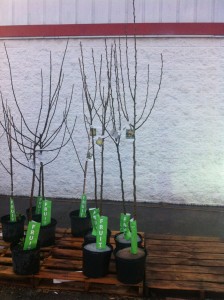Establishment means the tree or shrub will live indefinitely without the need for human help. Human help usually takes the form of fertilizer or water. Once a plant reaches establishment, it can get both on it’s own.
Establishment means the tree or shrub will live until it’s killed by old age, a lightning strike, exceptional drought, or a human error like a chain behind a pickup truck.
Right Plant in the Right Place
To establish a plant properly, first plant it in the right place. That means it’s planted where the sun exposure is correct, the climate is ideal, and the water hose isn’t too far away. More people kill plants this way than any other reason. If you’re unsure whether your prospective plant will be put in the right place, leave me a comment below.
Fertilize Correctly
For the first two years after a tree or shrub is planted, it will need human help establishing. Fertilize with compost, organic, or inorganic fertilizer. This encourages the plant to make new roots into the surrounding soil and speed up growth. When the tree or shrub is freshly planted, it’s roots will be near the edge of the branches. Spread the fertilizer in a ring shape. Always follow the directions on the bag. Do not overfertilize, because this can harm the new plant.
Soak, then Allow to Dry
Water when appropriate. When the soil is dry surrounding the roots, irrigate by soaking. Don’t spray the stems and leaves. This does nothing over the long term. Soak the plant, then allow it to dry. Repeat. This encourages roots to grow away from the base and speed establishment. Keep the soil moist, but well drained. Use your finger to feel the soil. If it’s dry to the touch, irrigate.
Happy planting! If you have any comments or questions, please reply below.







